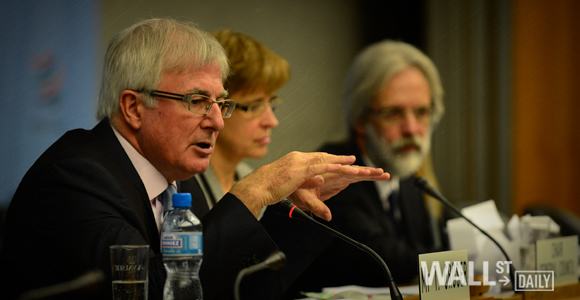
On Friday, I gave an overview of the Trans-Pacific Partnership (TPP) deals and how the proposed changes will affect the United States.
I also revealed one American company poised to benefit from those changes: Hormel (HRL).
Today, I’m back to finish this thread by identifying two Pacific Rim countries that are poised to be the biggest winners.
In trade pacts, it’s not difficult to figure out who the big winners will be.
They’re usually the least-developed countries in the grouping because they have less to lose and the most to gain. For certain sectors, however, more-developed countries can hold a winning hand.
Ahead of the Pack
New Zealand, for example, is poised to come out ahead.
New Zealand represents 35% of world dairy exports, so it’s basically the “Saudi Arabia of dairy.” Fully 37% of its land mass is devoted to agriculture with 48% contributing to total exports. Ninety percent of farm production is exported.
Clearly I’m not the only one who thinks New Zealand is an exceptional place from a risk-reward perspective. Many of the wealthiest people in the world, who have the resources to go anywhere and buy anything, have been quietly establishing escape hatches there.
Two of the TPP’s others winners hail from Southeast Asia – Malaysia and Vietnam, which still lack bilateral trade agreements with four countries in the pact, including the United States.
Both count on TPP members for roughly one-third of their trade, and Bank of America Merrill Lynch estimates that the TPP would push Malaysia’s exports up roughly 10% and Vietnam’s up 30%.
And the Winner Is…
While Japan and America will get a modest boost of economic growth as this agreement takes effect, the big winner will be Vietnam. According to UBS report, the TPP could potentially boost Vietnam’s economy by 14% over the next five years.
This country of 93 million is bursting with youthful energy, with 50% of its tech-savvy citizens under the age of 30. Its manufacturing wages are 60% of China’s, which is why Samsung makes half of its cell phones here.







